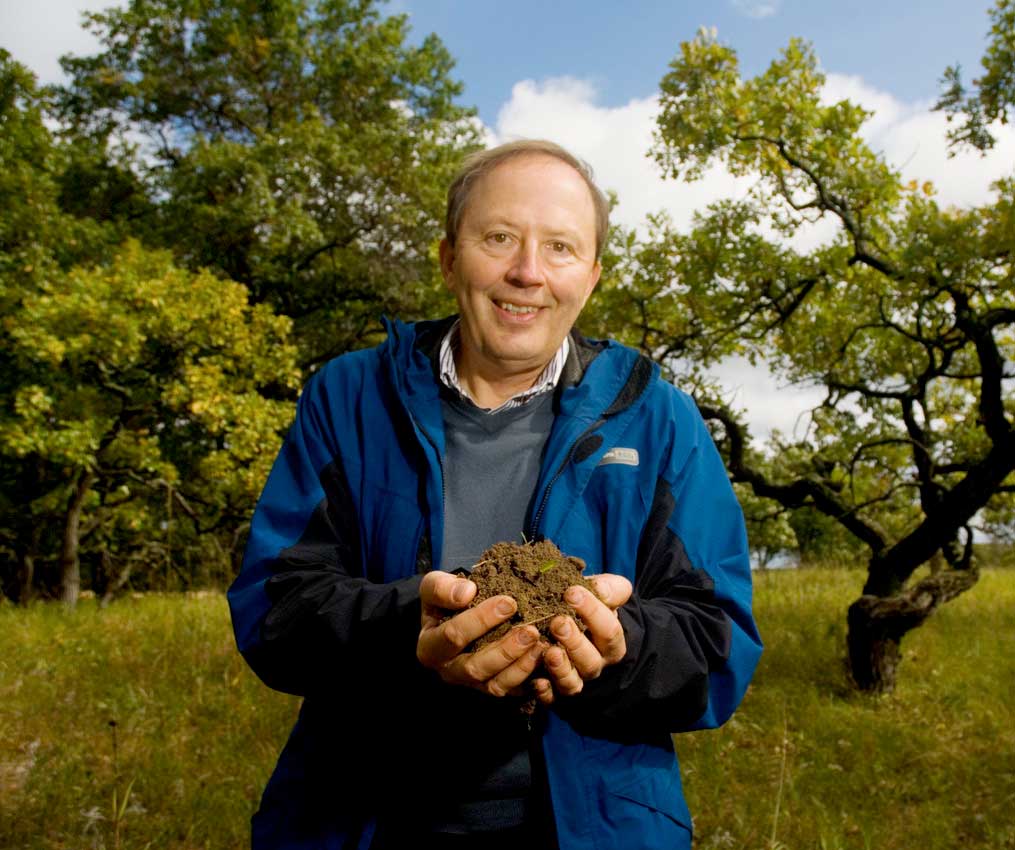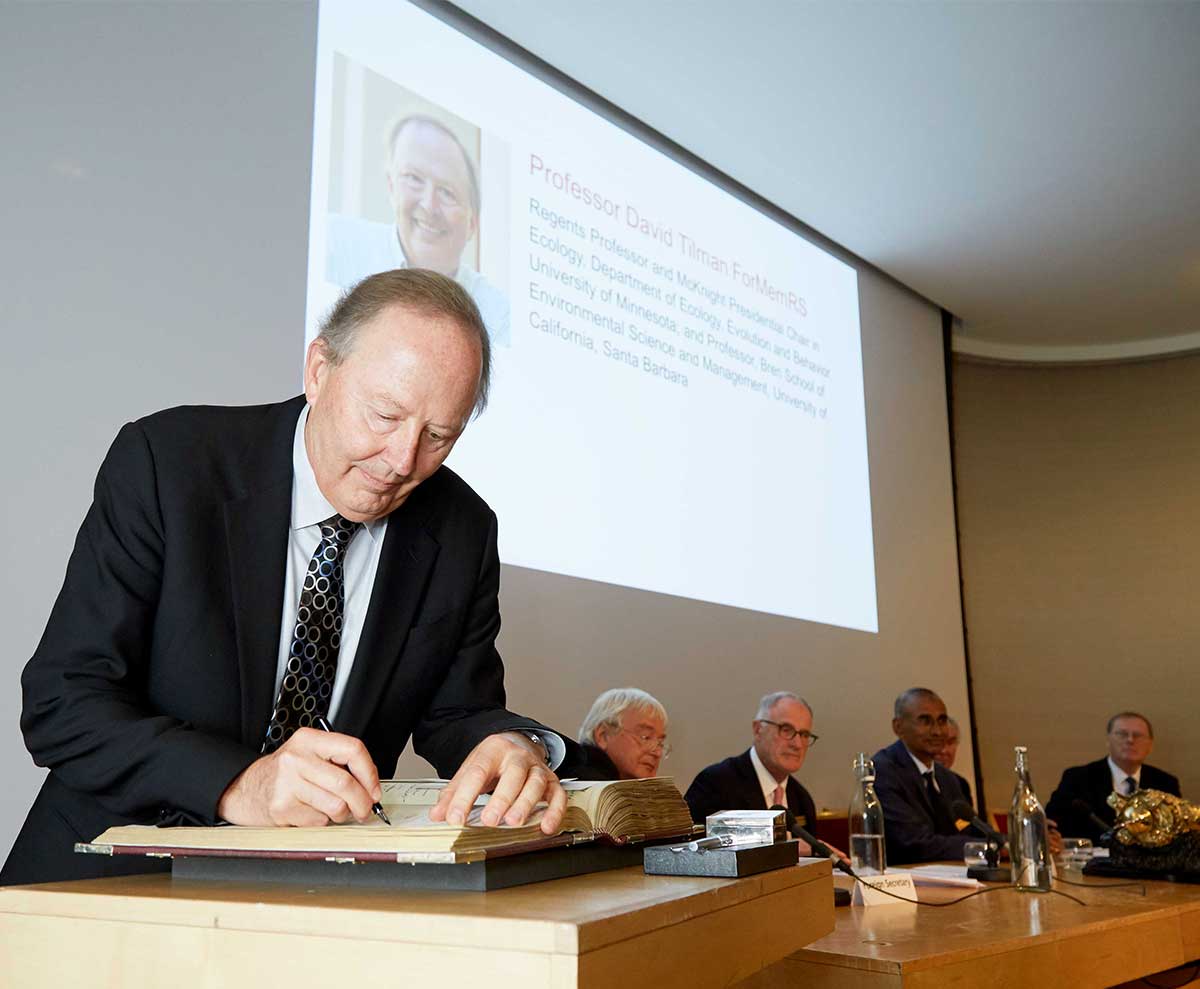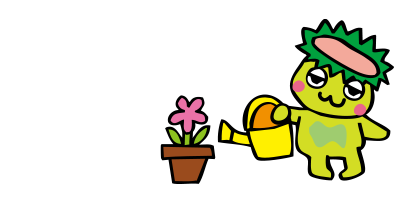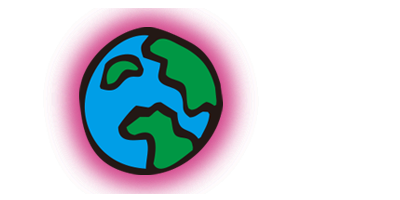3. Sustainable Agriculture for People and the Environment
Agriculture is harmful to the environment!?
Professor Tilman learned from his research on the causes of destruction of the global environment that among all the human activities, agriculture has the single most serious impact on the environment.
Sustainable Agriculture
As shown above, agriculture has a large impact on the environment, but agriculture is also essential for life. Are there any agricultural methods that are environmentally friendly and provide sufficient food, what we can call sustainable agricultural methods?









